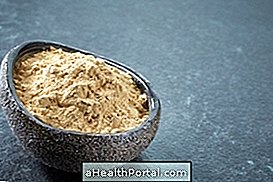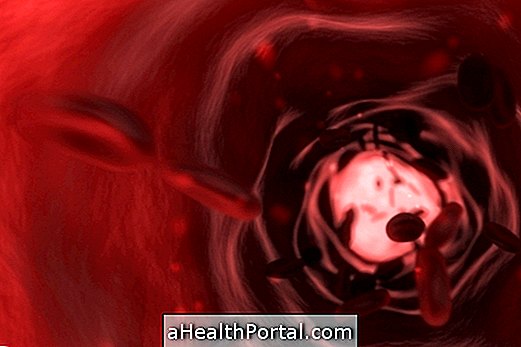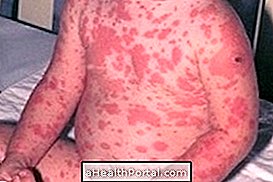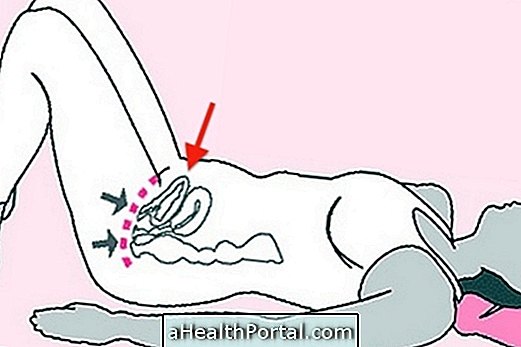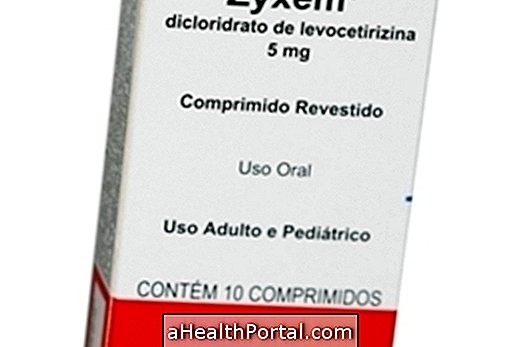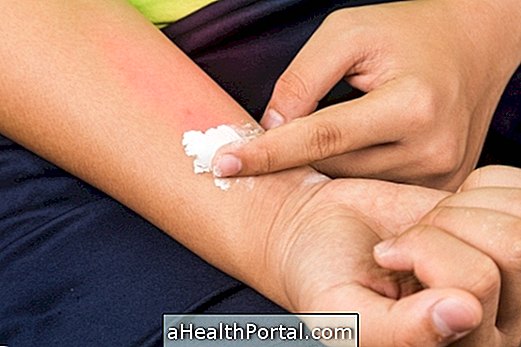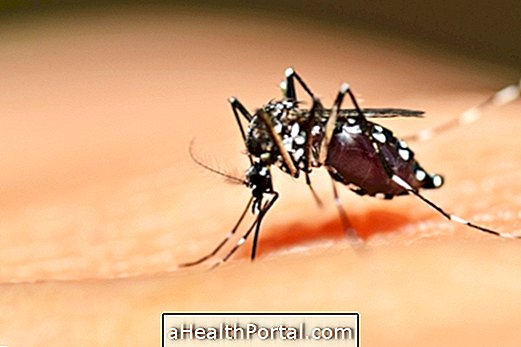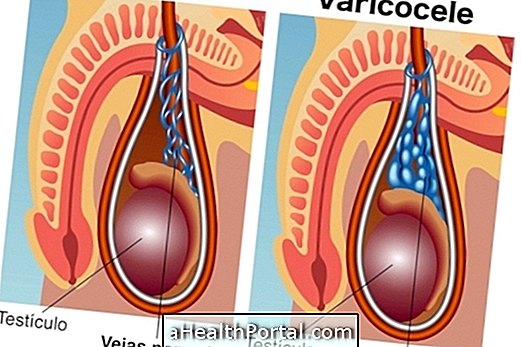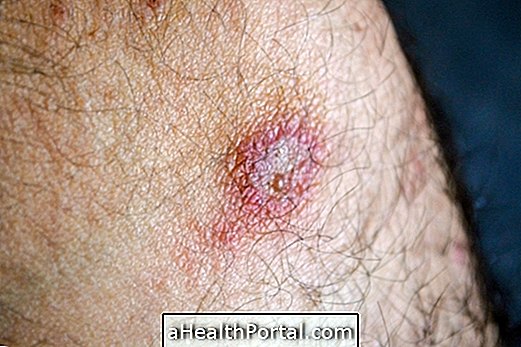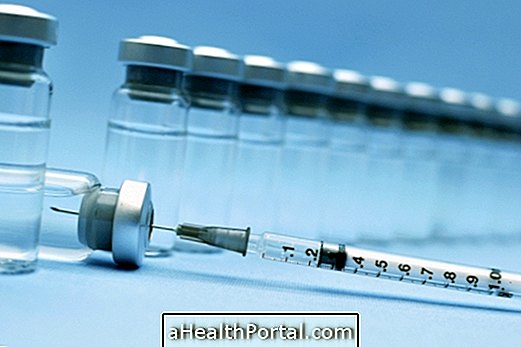Polycythemia Vera is a myeloproliferative disease of hematopoietic cells, characterized by an uncontrolled proliferation of red blood cells, white blood cells and platelets.
The increase in these cells, especially red blood cells, makes the blood thicker and may lead to other complications such as enlargement of the spleen and increased blood clot formation, thereby increasing the risk of thrombosis, heart attack or stroke or even giving rise to other diseases such as acute myeloid leukemia or myelofibrosis.
The treatment consists of performing a procedure called phlebotomy and administration of medications that help regulate the number of cells in the blood.
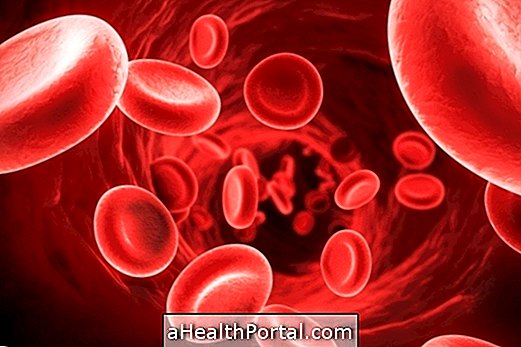
What are the signs and symptoms
The high number of red blood cells causes an increase in hemoglobin and blood viscosity, which can cause neurological symptoms such as dizziness, headache, increased blood pressure, visual changes and transient ischemic attacks.
In addition, people with this disease often have generalized itching, especially after a hot bath, weakness, weight loss, tiredness, blurred vision, excessive sweating, joint swelling, shortness of breath and numbness, tingling, burning or weakness in the Member States.
Complications of the disease
There are some cases of people with polycythemia Vera that do not show signs and symptoms, however, some cases may give rise to more serious problems:
1. Blood clot formation
Increased blood thickness and consequent decreased flow and change in platelet numbers may cause blood clots to form, which can lead to heart attack, stroke, pulmonary embolism, or thrombosis. Learn more about cardiovascular disease.
2. Splenomegaly
The spleen helps the body fight infections and helps eliminate damaged blood cells. The increase in the number of red blood cells or even other blood cells causes the spleen to work more than normal, leading to an increase in size. See more about splenomegaly.
3. Occurrence of other diseases
Although rare, Polycythemia Vera may give rise to other more serious diseases, such as myelofibrosis, myelodysplastic syndrome, or acute leukemia. In some cases, the bone marrow may also develop progressive fibrosis and hypocellularity.
Possible causes
Polycythemia Vera occurs when the mutation of a JAK2 gene, which causes problems in the production of blood cells, occurs. This is a rare disease that occurs in about 2 out of every 100, 000 people, usually over the age of 60.
Usually the healthy organism regulates the amount of production of each of the three types of blood cells: red, white and platelets, but in Polycythemia Vera, there is an exaggerated reduction of one or more types of blood cells.

What is the diagnosis
In order to diagnose the disease, blood tests should be performed, which in people with Polycythemia Vera demonstrate an increase in the number of red blood cells, and in some cases an increase in white blood cells and platelets, high levels of hemoglobin and low levels of erythropoietin .
In addition, aspiration or biopsy of the bone marrow may be performed in order to obtain a sample for later analysis.
How is the treatment done?
Polycythemia vera is a chronic disease that has no cure and treatment consists of reducing excess blood cells, and in some cases may reduce the risk of complications:
Phlebotomy Therapy: This technique consists of draining blood from the veins, which is usually the first treatment option for people with this disease. This procedure reduces the number of red blood cells, also reducing the volume of blood.
Aspirin : Your doctor may prescribe aspirin at a low dose, between 100 and 150 mg, to reduce the risk of blood clots.
Medicines to lower blood cells: If phlebotomy is not enough for the treatment to be effective, you may need to take medications such as:
- Hydroxyurea, which can reduce the production of blood cells in the bone marrow;
- Interferon alfa, which stimulates the immune system to fight against excessive production of blood cells, for people who do not respond well to hydroxyurea;
- Ruxolitinib, which helps the immune system to destroy tumor cells and may improve symptoms;
- Medications to reduce itching, such as antihistamines.
If the itching becomes very intense, it may be necessary to take ultraviolet light therapy or use medications such as paroxetine or fluoxetine.

How to prevent complications
To prevent complications, in addition to being recommended to follow the treatment correctly, it is also important to adopt a healthier lifestyle by practicing regular exercise, which improves blood circulation and reduces the risk of blood clots. One should also avoid cigarette smoking because it increases the risk of heart attack and stroke.
In addition, the skin should be treated well to reduce itching by bathing with warm water, using a mild bath gel and a hypoallergenic cream and avoiding extreme temperatures, which can worsen blood circulation. For this, one should avoid sun exposure in hot day periods and protect the body from exposure to too cold.

